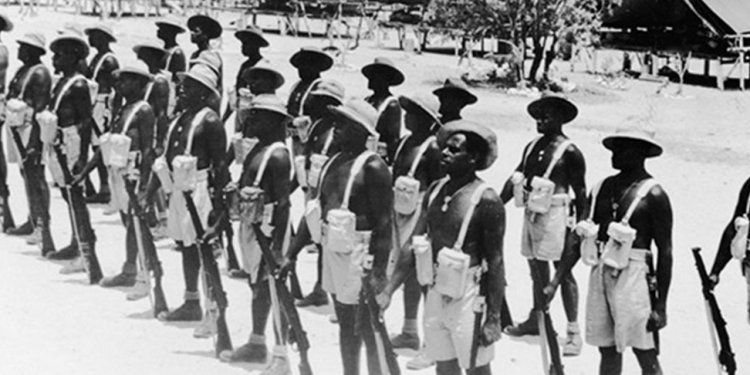
Australian Aboriginal gender roles
A comprehensive review of Aboriginal beliefs about gender and sexuality is beyond the scope of this brief. Rather, this brief provides information to address specifically one of the main arguments that has been used to support inaction regarding Indigenous family violence. That is, the belief that family violence is ‘normal’ in Indigenous communities and part of the traditional behaviour of Aborigines.
Indigenous Australians are not a homogeneous people (Australian Law Reform Commission 1987). It is estimated that there were about 600 Aboriginal languages when white colonists arrived (Blainey 1980). The literature suggests that indiscriminate violence towards family members within these various societies or cultures was not present. While some forms of violence were used, this violence was practiced within Aboriginal law, largely as a punishment for breaking laws.
While laws varied between Aboriginal societies, there were some commonalities (Australian Law Reform Commission 1987). Indigenous laws were closely tied to spiritual beliefs (Australian Law Reform Commission 1987), and they related to the maintenance and healing of relationships between people within families and among groups across the social system (Atkinson 1996a). Through the law Aboriginal people had a clear guide as to appropriate and inappropriate behaviour (Atkinson 1990).
Law was known and maintained by a selected group of both women and men, each having different areas of responsibility. Many Indigenous women stress that they held an equal position with men in pre-colonial traditional society (Kimm 1999). For example, the women in some tribes were responsible for ceremonies and ritual solely for women and had important influence over ‘kinship ties, marriage arrangements, land-relationships, and other rights and duties’ (Australian Law Reform Commission 1987). According to Atkinson (1996a) Aboriginal women were the custodians of certain aspects of the law and Aboriginal men were responsible for the enforcement of law.
The Australian Law Reform Commission (1987: 221-222) identifies examples of transgressions to Aboriginal law as including:
- unauthorised homicide (that is, not decreed as a punishment for another offence);
- sacrilege (that is, the unauthorised possession of sacred knowledge and objects and the unauthorised observation of sacred rituals);
- unauthorised sorcery;
- incest;
- cohabitation with certain kin;
- abduction or enticement of women;
- adultery with certain kin;
- adultery with potential spouses;
- unauthorised physical assault;
- usurpation of ritual privileges or duties;
- theft and intentional destruction of another’s property;
- insult (including swearing, exposure of the genitals);
- physical neglect of certain relatives;
- refusal to make gifts to certain relatives; and,
- refusal to educate certain relatives.
The identification of these transgressions is important as they suggest that particular acts of family violence and child neglect were unacceptable under traditional law.
Private bargaining, public debate, threat of punishment, oral abuse, ridicule, sorcery and a range of punishments, often physical, were used where women and men transgressed the law (Atkinson 1990; Australian Law Reform Commission 1987; Bolger 1991). There were recognised punishments for specific transgressions and ‘they were carried out by particular people under community control’ (1991: 49). All members would have understood what was considered a breach of that law and what the consequences of that breach would entail (Australian Law Reform Commission 1987). Daily participation in ceremonies and rituals reinforced knowledge of rights and responsibilities in relation to others’ well-being (Atkinson 1996a).
There appears to be an association between a failure to up-hold traditional law and the growth in family violence in Indigenous communities. Talking about the Murri people, Lucashenko & Best (1995: 20) comment that ‘one of the saddest and most destructive legacies of the colonial era' is the idea that traditional societies were lawless or that indiscriminate violence against Aboriginal women was sanctioned by traditional law.
It would appear that sexual assault, particularly child sexual assault, was practically unknown in traditional Indigenous communities (Atkinson 1990, reported by Greer 1992, Tatz 2001). ‘Aboriginal people had a clear guide about good and bad behaviour, with discipline being strictly maintained by tribal elders’ (Greer 1992: 189). Penalties ranged from physical beating, through ritual spearing and exile from the community, to death’ (Tatz 2001: 135-136). ‘Less than 100 hundred years ago …rape was punished by death, or occasionally life may be spared but the offender severely maimed’ (Atkinson 1990: 11). According to Tatz (2001: 135-136), traditional Aboriginal systems of incest prohibition remain the world’s foremost model yet, in practice, 'most of the structure and discipline have fallen away, to the point where the abuse is committed with impunity’.

















